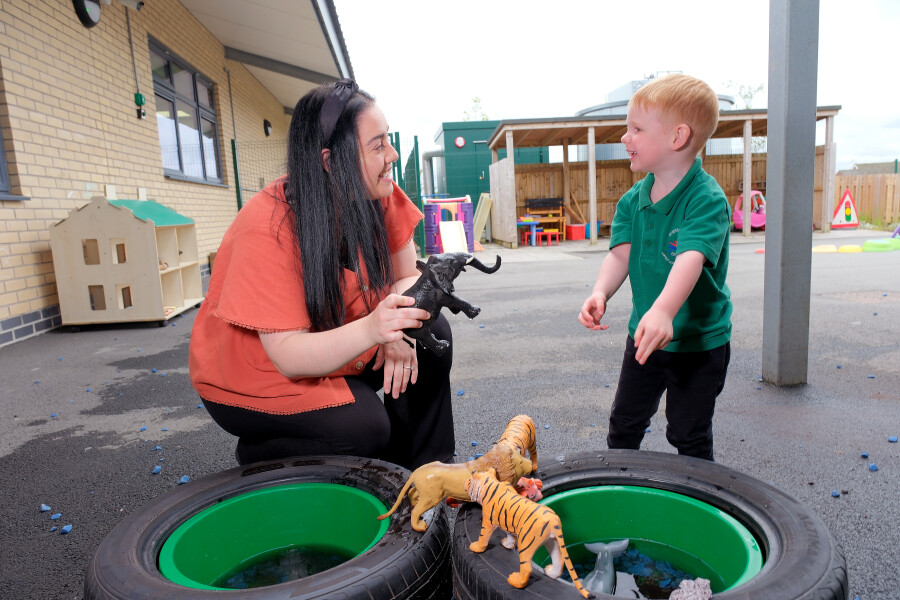
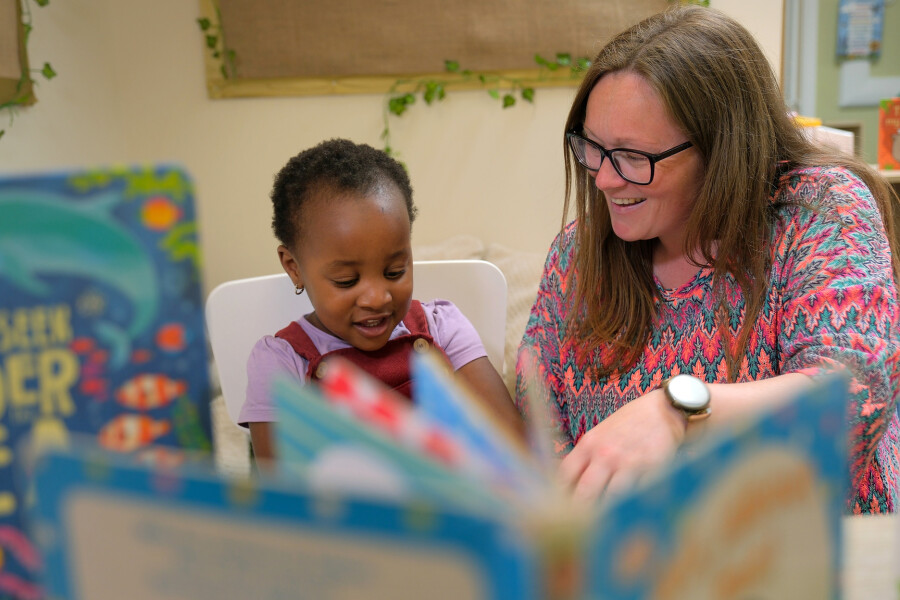
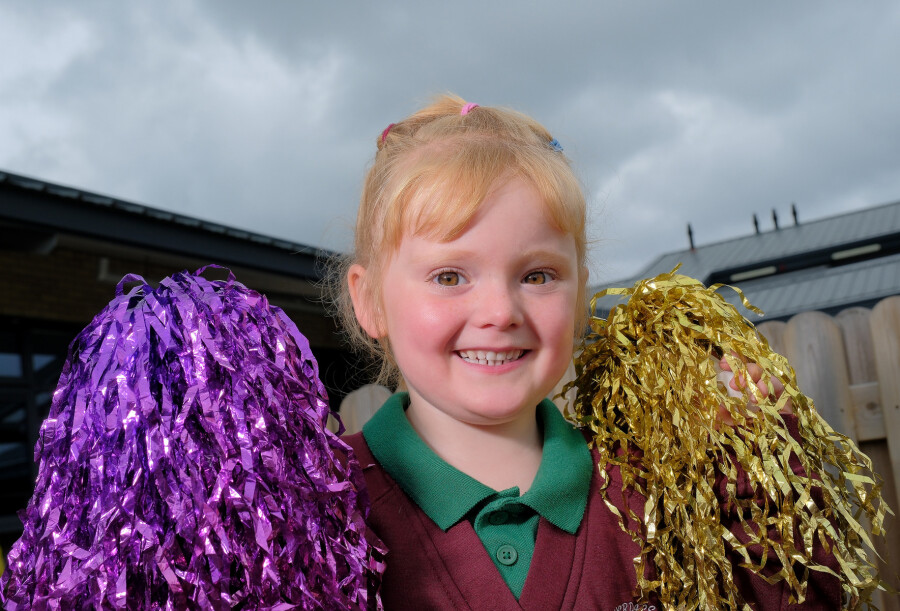

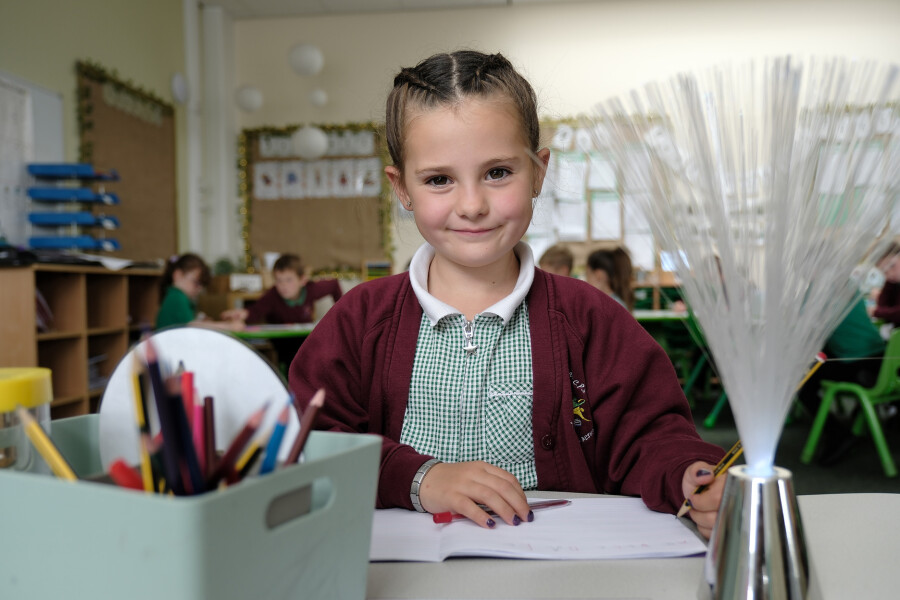
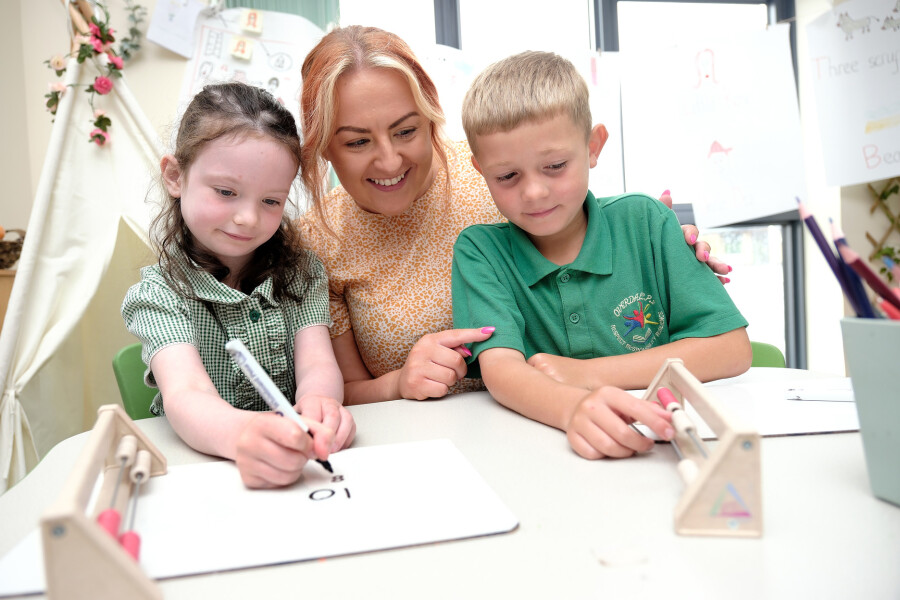
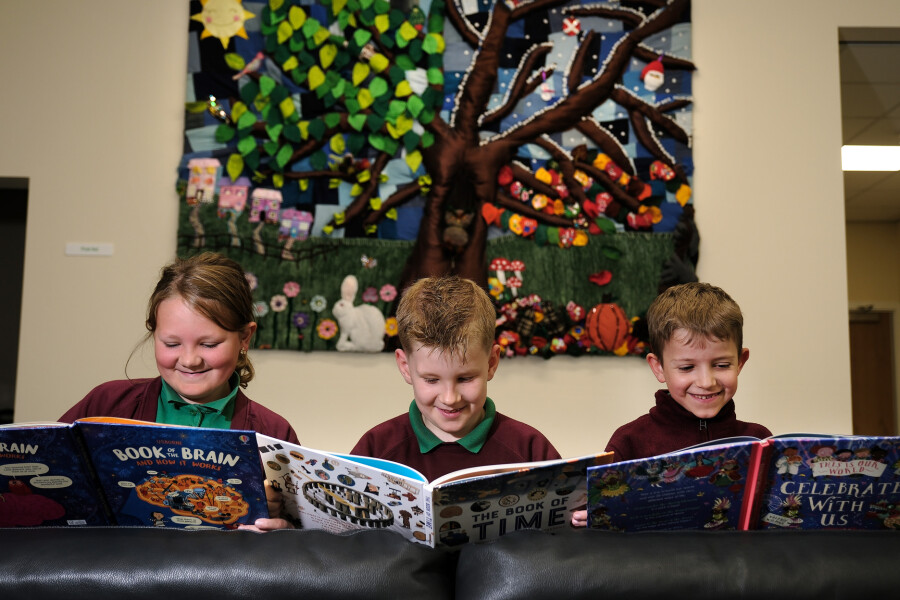
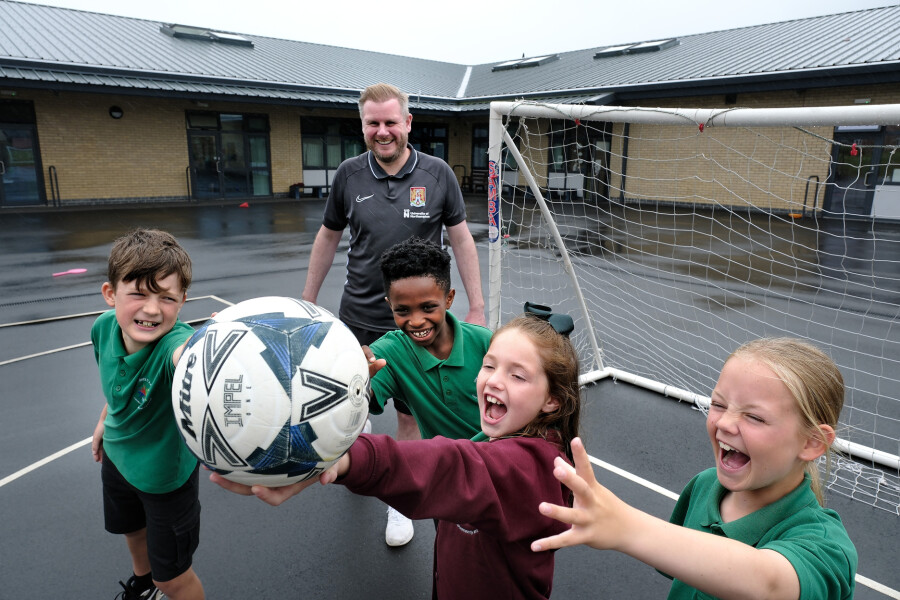
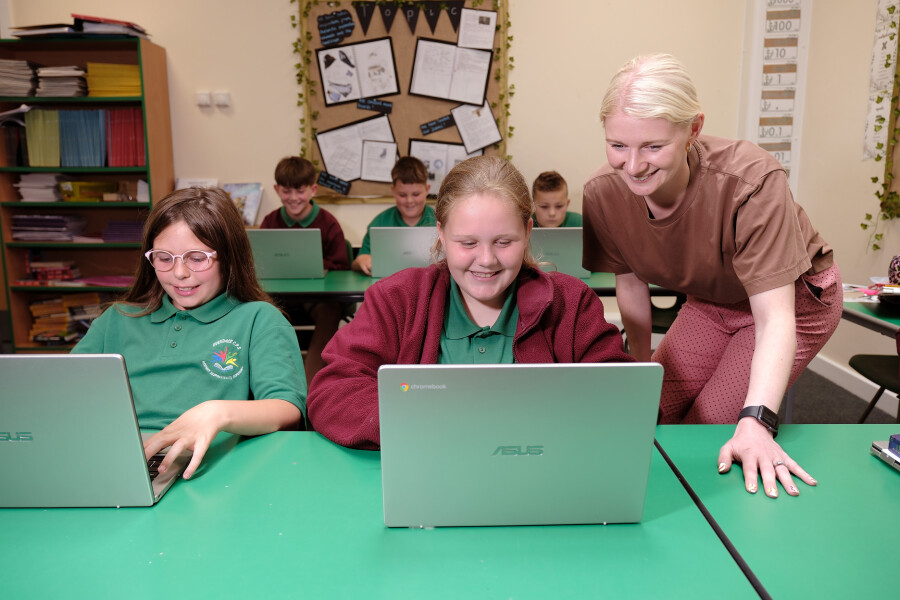
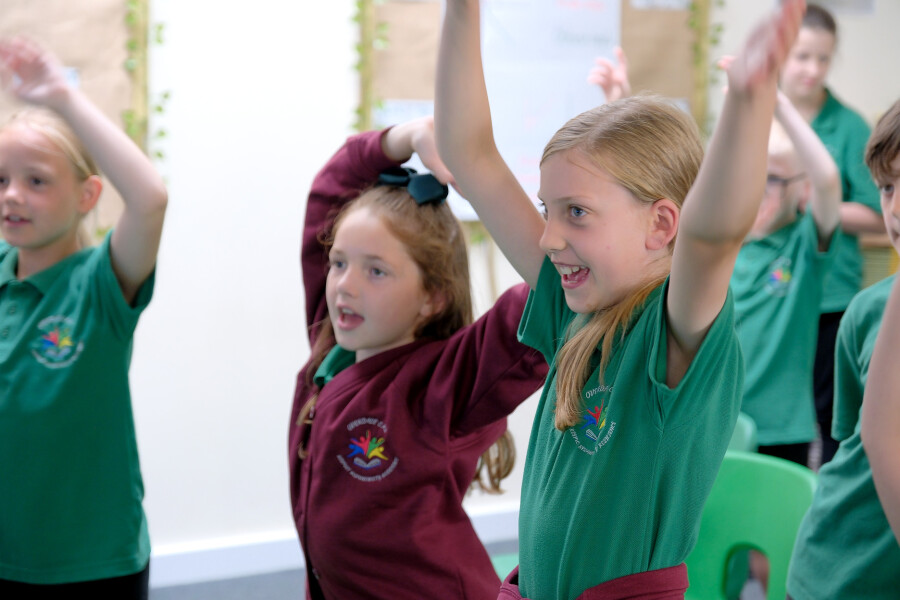
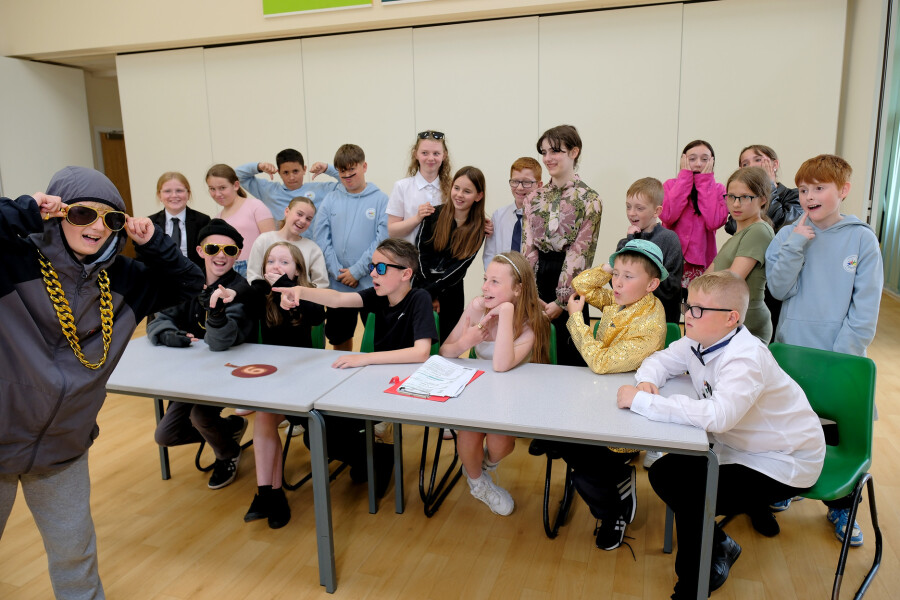
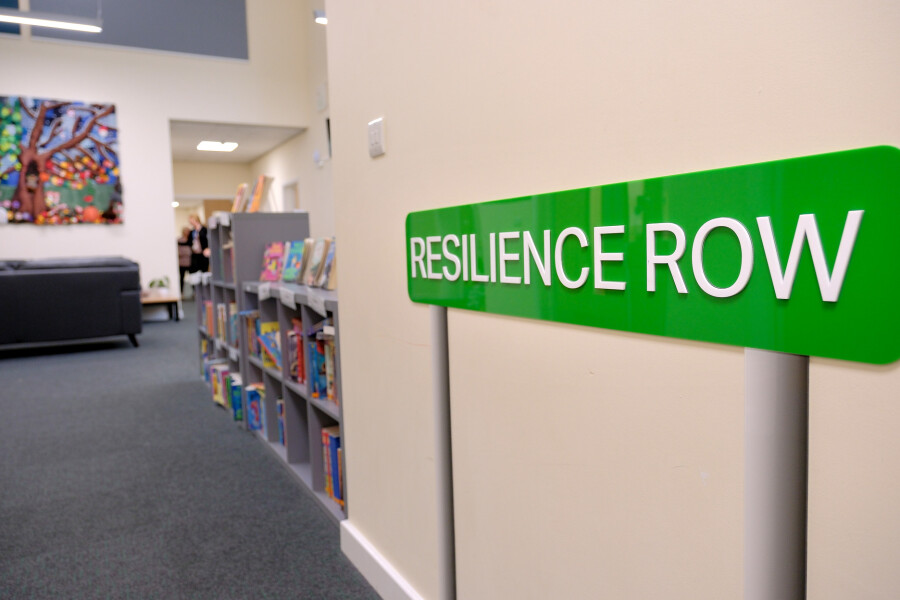
Curriculum - Writing
Teaching children to write for a range of purposes and audiences can be very exciting, especially here at Overdale where we provide children with a range of engaging hooks to capture their imagination! We aim to provide the children with varied reasons for writing and believe that this not only produces higher quality writing, but allows our learners to apply their skills to a range of different contexts. Writing across all subject areas will prepare our children for secondary school and the more in-depth approach to analysing, planning and innovating their writing.
At Overdale we follow the Pie Corbett Talk for Writing approach across all phases of school. We recognise the importance of nurturing a culture where children take pride in their writing and write clearly and accurately whilst selecting and adapting their language and style to suit a range of contexts, purposes and audiences. We plan engaging units of work in order to enthuse, inspire and motivate our children. Our learning environments are stimulating but supportive and calming to ensure children are able to access the scaffolds needed to support their developing talk and writing.
A high standard of handwriting is modelled across the school and children are encouraged to imitate this. It is also expected to be evidenced throughout all work produced.
Teachers demonstrate high quality modelling within each Literacy lesson and encourage children to include key vocabulary, structure their work appropriately into coherent paragraphs and use the grammatical skills and punctuation taught at their year group level.
What is Talk for Writing?
Talk for Writing is an engaging teaching framework developed by Pie Corbett, supported by Julia Strong. It is powerful because it is based on the principles of how children learn. It enables children to imitate the language they need for a particular topic orally, before reading and analysing it, and then writing their own version. The movement from imitation to innovation to independent application can be adapted to suit the needs of learners of any stage.
The Talk for Writing approach enables children to read and write independently for a variety of audiences and purposes within different subjects. A key feature is that children internalise the language structures needed to write through ‘talking the text’, as well as close reading. The approach moves from dependence towards independence, with the teacher using shared and guided teaching to develop the ability in children to write creatively and powerfully.
Assessment and Planning
Teaching is always focused by initial assessment. Assessment of children's writing helps the teacher work out what to teach the whole class, different groups and adapt the model text and plan. Targets can then be set for individuals.
The imitation stage
The teaching begins with some sort of creative ‘hook’ which engages the pupils, often with a sense of enjoyment, audience and purpose. The model text is pitched beyond the pupils’ level and has built into it the underlying, transferable structures and language patterns that students will need when they are writing. This is learned using a ‘text map’ and actions to strengthen memory and help students internalise the text. Activities such as drama are used to deepen understanding of the text.
Deconstruction of the text
Once students can ‘talk like the text’, the model, and other examples, are then read for vocabulary and comprehension, before being analysed for the basic text (boxing up) and language patterns, as well as writing techniques or toolkits.
The innovation stage
During the innovation stage, children are presented with a new focus for their writing while maintaining the genre introduced. Here, they are given the freedom to use their imagination whilst using all the new grammar and punctuation skills that have been taught throughout the unit.
Short burst writing
The start of this phase is underpinned by rehearsing key spellings and grammatical patterns linked to the new topic. Short-burst writing is used to practise key focuses such as description, persuasion or explanation using appropriate vocabulary and grammatical features.
Modelled writing
Once students are familiar with the new topic area and have practised applying their writer tools, then the teacher leads them into creating their own versions. With younger pupils, this is based on changing the basic map and retelling new versions.
Older students use boxed-up planners and the teacher demonstrates how to create simple plans and orally develop ideas prior to writing. Ideas may need to be generated and organised or information researched and added to a planner.
Shared and guided writing is then used to stage writing over a number of days so that students are writing texts bit by bit, concentrating on bringing all the elements together, writing effectively and accurately.
Independent application
Eventually, students move on to the third phase, which is when they apply independently what has been taught and practised. Students are guided through planning, drafting and revising their work independently. Rich starting points that tap into what students know and what matters, ensure their writing is purposeful.
With non-fiction, students apply what they have been taught across the curriculum. The final piece is used as the ‘hot’ task, which clearly shows progress across the unit.
It is important that at the innovation and independent application stages, the writing becomes increasingly independent of the original model rather than a pale copy. Whilst younger children may only make a few simple changes, older students will be adding, embellishing, altering and manipulating the original structure.
Impact
Assessment in writing is ongoing as teachers carry out in-depth assessment of children’s writing at the end of each unit, and highlight the age-related outcomes that have been achieved
Progress across classes is closely monitored by the subject leader and senior leadership team. Monitoring will include: regular book looks, lesson observations, gathering evidence of good practice, pupil voice interviews, looking at data on FFT and regular learning walks.
| Document Name | Date |
|---|---|
| Overdale KS2 talk for writing curriculum overview.pdf | October 18 2023, 10:23:57 |
| Talk for writing curriculum overview EYFS-Year 2.pdf | October 18 2023, 10:24:03 |
| Talk_for_writing_English_progression_of_skills.pdf | October 18 2023, 10:25:00 |